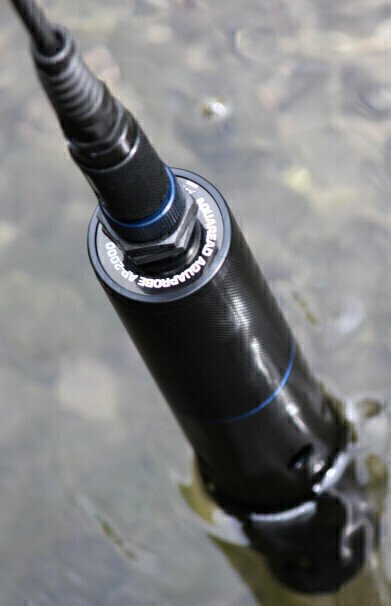Water/Wastewater
The Use of Turbidity Sensors in Catchment Monitoring
May 19 2015
Aquaread (UK) have been developing turbidity sensors for many years for use within their Aquaprobe range. In fact, these sensors were used in a 3.5 year project with Brighton University for the study of turbidity and suspended particulate matter as detailed in the publication titled Suspended sediment regimes in contrasting reference-condition freshwater ecosystems: Implications for water quality guidelines and management. Grove et al, Science of the total environment, Vol 502, 2015. Within this study 10 Aquaprobes were deployed across the UK at various different catchment sites, where they were continuously deployed for 3 years collecting data for comparison with sediment grab samples.
The majority of turbidity data collected at each catchment site was below 100NTU, and this level is common in many field applications. The 20NTU calibration point that’s present in all Aquaprobes facilitates accurate measurements in this low 0-100NTU range. When deployed with the AquaLogger, as used in the above study, you have a very robust and accurate monitoring platform that’s suitable for use in all water types. The Aquaprobe has the added advantage of being flexible; it’s ideal for medium term deployments with the AquaLogger, but can also be used as a portable system with the GPS Aquameter.
Digital Edition
IET 34.2 March 2024
April 2024
Gas Detection - Biogas batch fermentation system for laboratory use with automatic gas analysis in real time Water/Wastewater - Upcycling sensors for sustainable nature management - Prist...
View all digital editions
Events
Apr 22 2024 Hannover, Germany
Apr 22 2024 Marrakech, Morroco
Apr 23 2024 Kuala Lumpur, Malaysia
Apr 23 2024 Kintex, South Korea
Apr 23 2024 Edmonton, AB, Canada


















